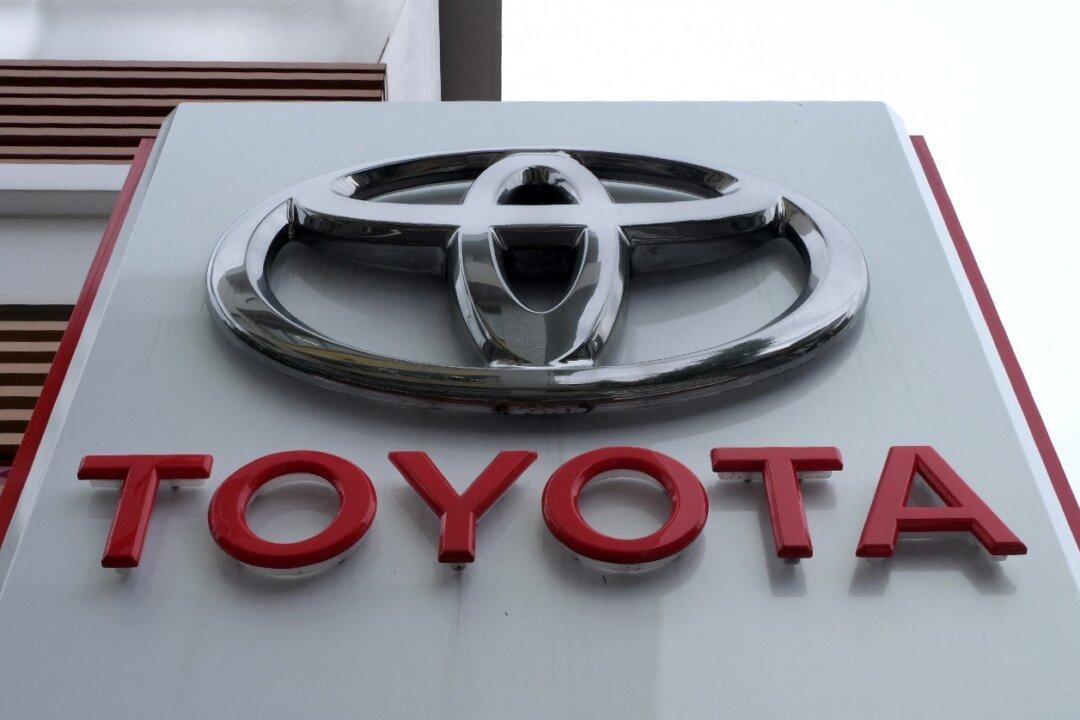Australia’s most popular vehicle brand, Toyota, has warned against the centre-left government’s new rules on car emissions, saying that it would hurt middle Australia.
Labor’s new vehicle emissions standards (NVES), which will come into force in January 2025, places an emissions cap on each automaker’s vehicle fleet that will tighten each year to reduce transport pollution.




